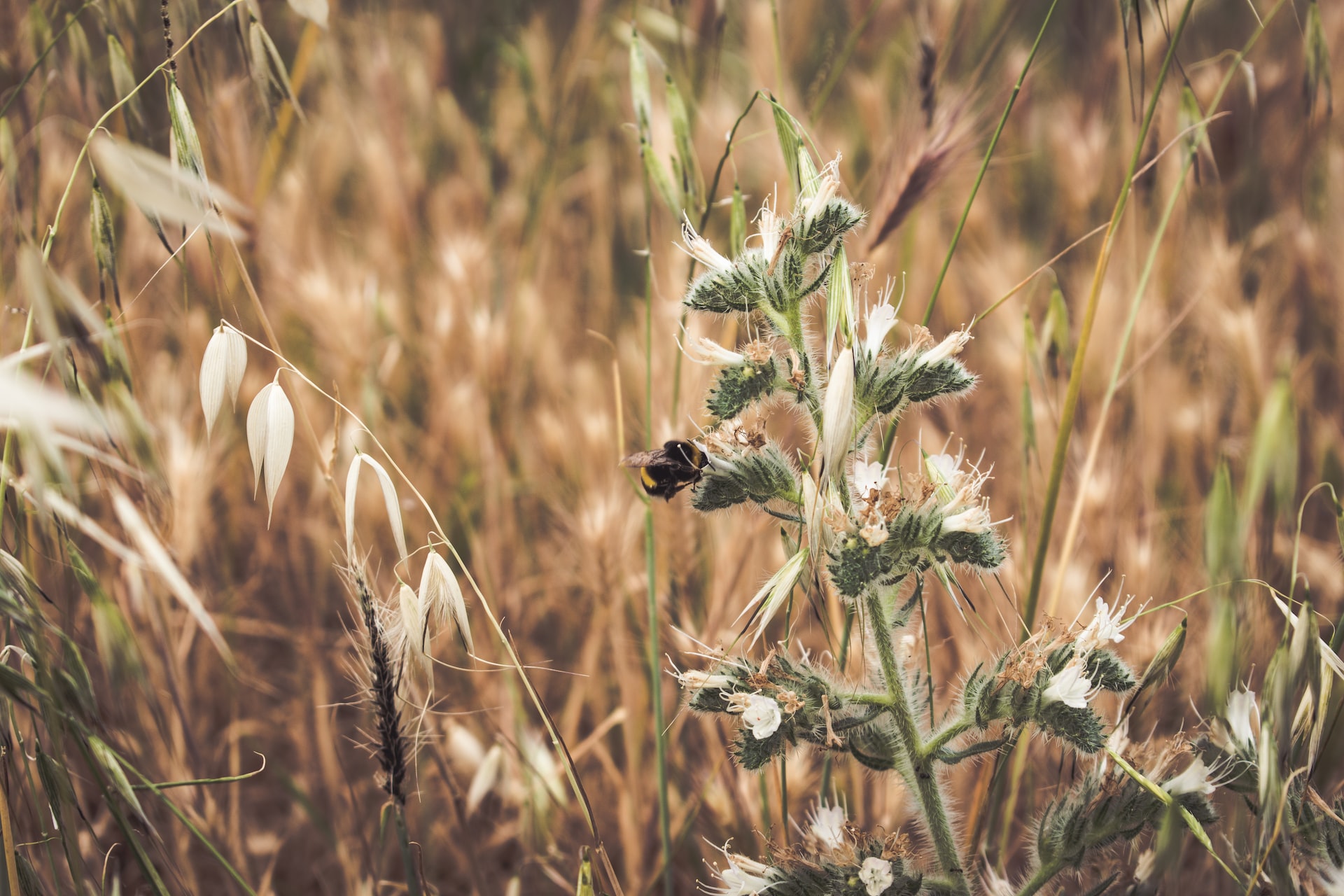Migratory monarch butterflies are believed to be in serious trouble. The eastern grouping has dropped by 80%, whereas the western brethren have plummeted by more than 90%.
Alarmed by the drop in populations, we’ve called on the U.S. Fish and Wildlife Service to list the monarch butterfly as endangered or threatened, which would give the bug new protections. The Service itself has noted that the overall health of the species means its inclusion on the endangered species list is “warranted” and placed the monarch on its waiting list.
Additionally, we’ve called on goodhearted Americans to plant native milkweed, always a great action to take.
In 2022 the International Union for Conservation of Nature declared the migratory monarch butterfly as endangered. But recently, the IUCN changed the status from endangered to vulnerable. Note: The Fish and Wildlife Service determines threatened and endangered designations in the U.S.
Why a change in endangered status?
Eastern monarchs make a very lengthy 3,000 mile migration from northern states and Canada to warmer weather in Mexico. It’s at the wintering location that volunteers and researchers count the butterflies and have documented the decline. Note that a similar if not worse decline has been reported in California, where the western monarch butterflies spend the winter.
But an interesting thing may be happening.
Summer breeding grounds
Research by Andy Davis, an animal ecologist at the University of Georgia, tells a different story – that while the monarch’s numbers at overwintering locales are way down, the summer numbers are holding steady and may be ticking upward.
For what it’s worth, other researchers upon hearing the news remain concerned about the monarch’s future, cautioning that citizen population counts are helpful but not fully reliable, and that the small numbers at overwintering locations suggest that there’s still a problem.
Where does it leave us?
One, keep the research coming. Whether the news is good for the monarch or lousy, we need to know what the data is telling us.
Two, keep planting native milkweed. Ask several plant nurseries to find the varieties that are native to your area. Sometimes smaller nurseries are your best bet.
Three, get ready to whoop it up if the monarchs are indeed doing better than feared, but also stay ready to keep pushing for new protections if the plight of the monarch is as bad as originally thought.
On this one, stay tuned.

